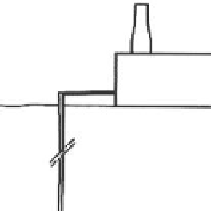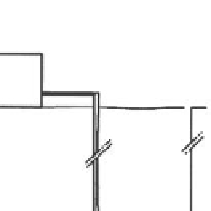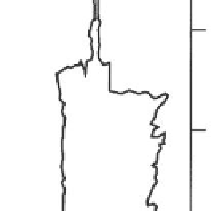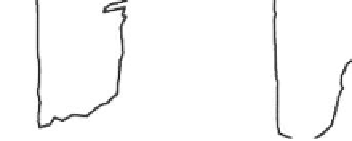Environmental Engineering Reference
In-Depth Information
However, those studies carried out only macro scale analyses that did not
evaluate areas according to the detailed characteristics necessary to fully esti-
mate their suitabilities for CAES. While the large fractions of land possess-
ing favorable geologies appear encouraging, broad surveys such as the data
presented in Figure 5.3 can serve only as templates for identifying candidate
areas for further inquiry. Detailed regional and site-specific data will be nec-
essary to determine the true geologic resource base for CAES installation.
Salt Geology
The two CAES plants currently operating use solution-mined cavities in
salt domes as their storage reservoirs (see Figure 5.4 and the section cov-
ering existing and proposed CAES plants). In many ways, such formations
are the most straightforward to develop and operate. Solution mining tech-
niques can provide reliable, low cost routes for developing storage volumes
of the needed size (typically at a storage capital cost of ~$2/kWh of output
from storage) if an adequate supply of fresh water and efficient disposal of
0 m
650
700
750
800
FIGURE 5.4
Structure of Huntorf CAES plant salt dome storage with caverns and plant on same scale.
(From F. Crotogino, K. U. Mohmeyer, and R. Scharf, Huntorf CAES: More than 20 Years of
Successful Operation, Solution Mining Research Institute Meeting, Orlando, FL, 2001.)






